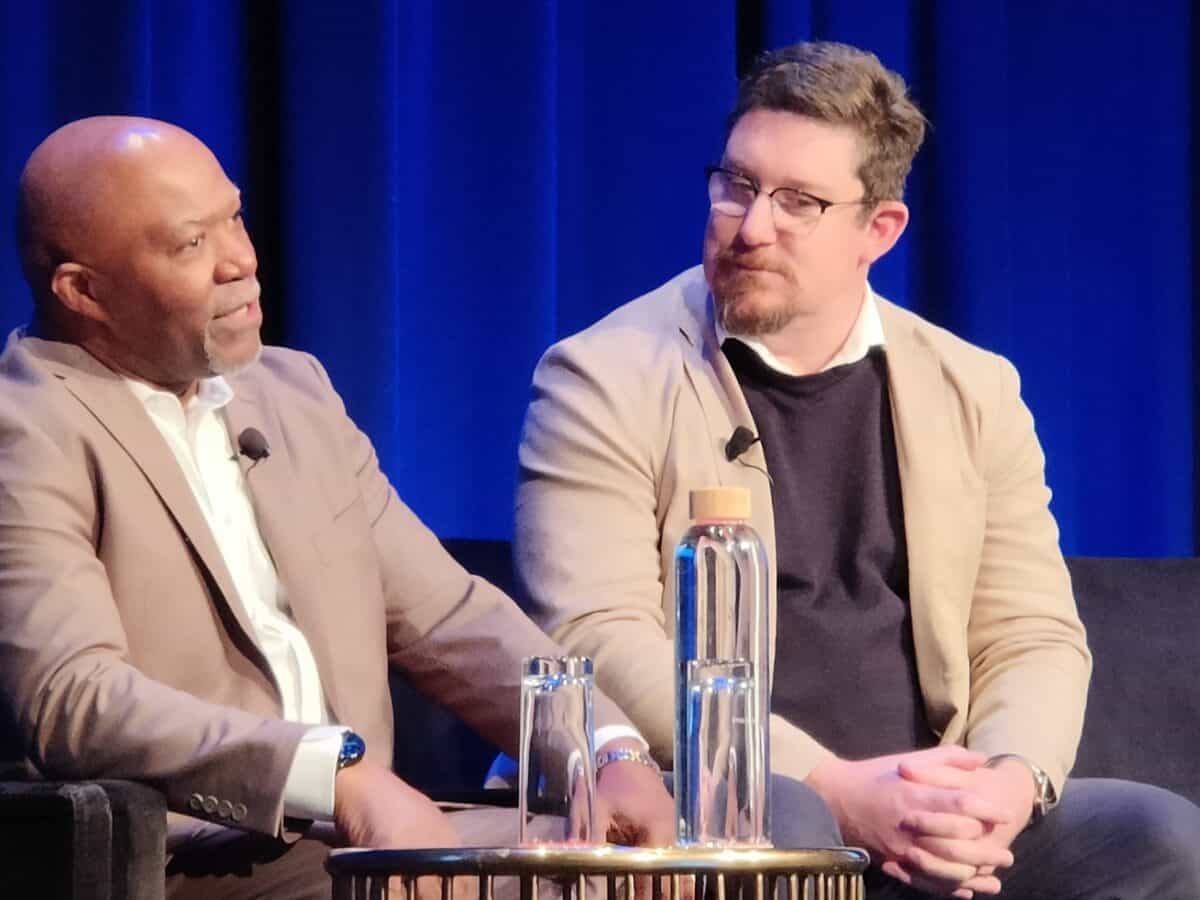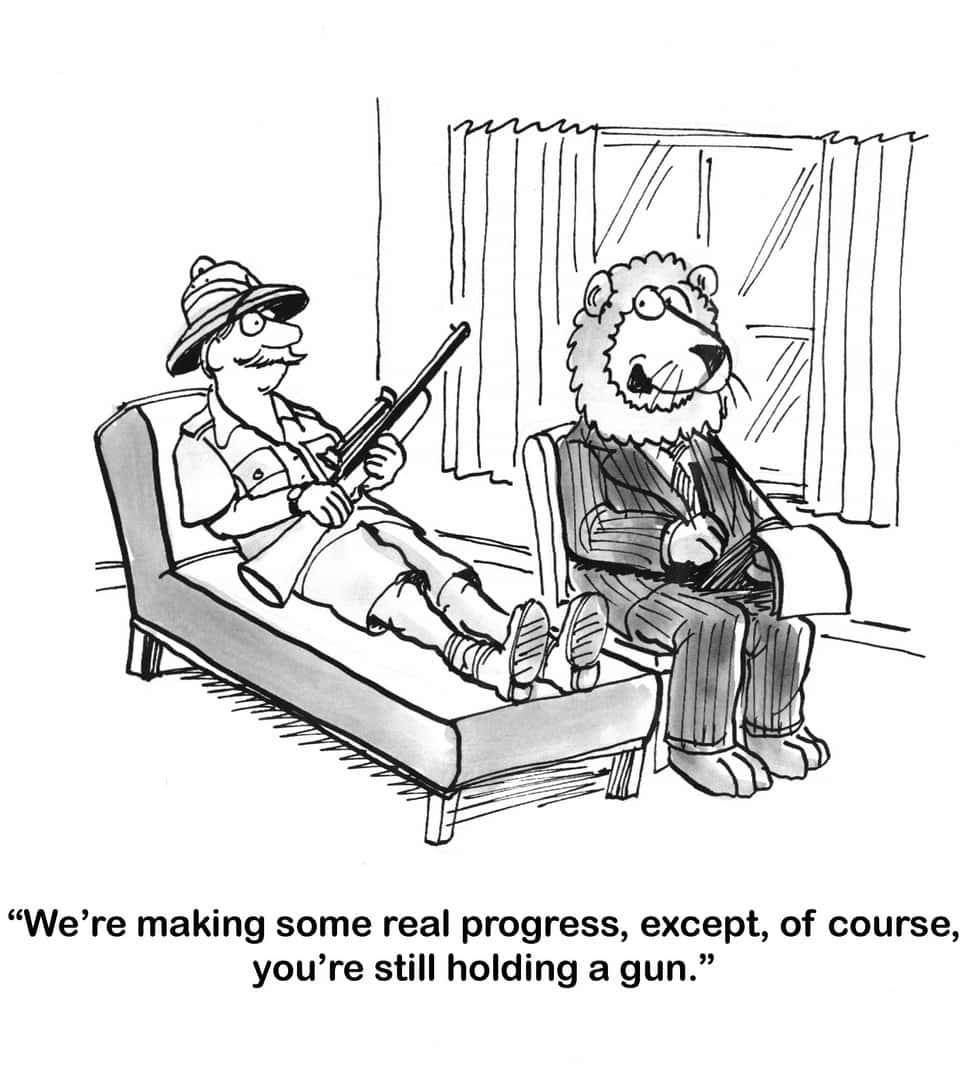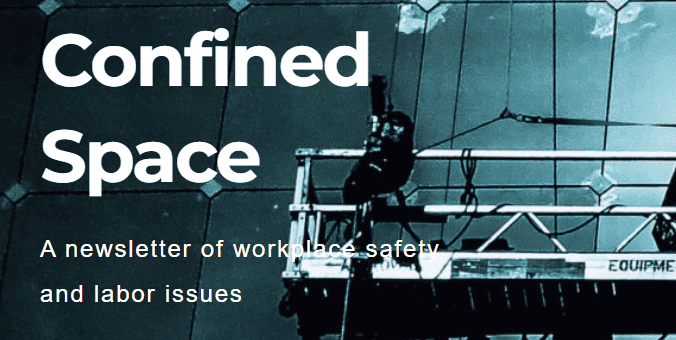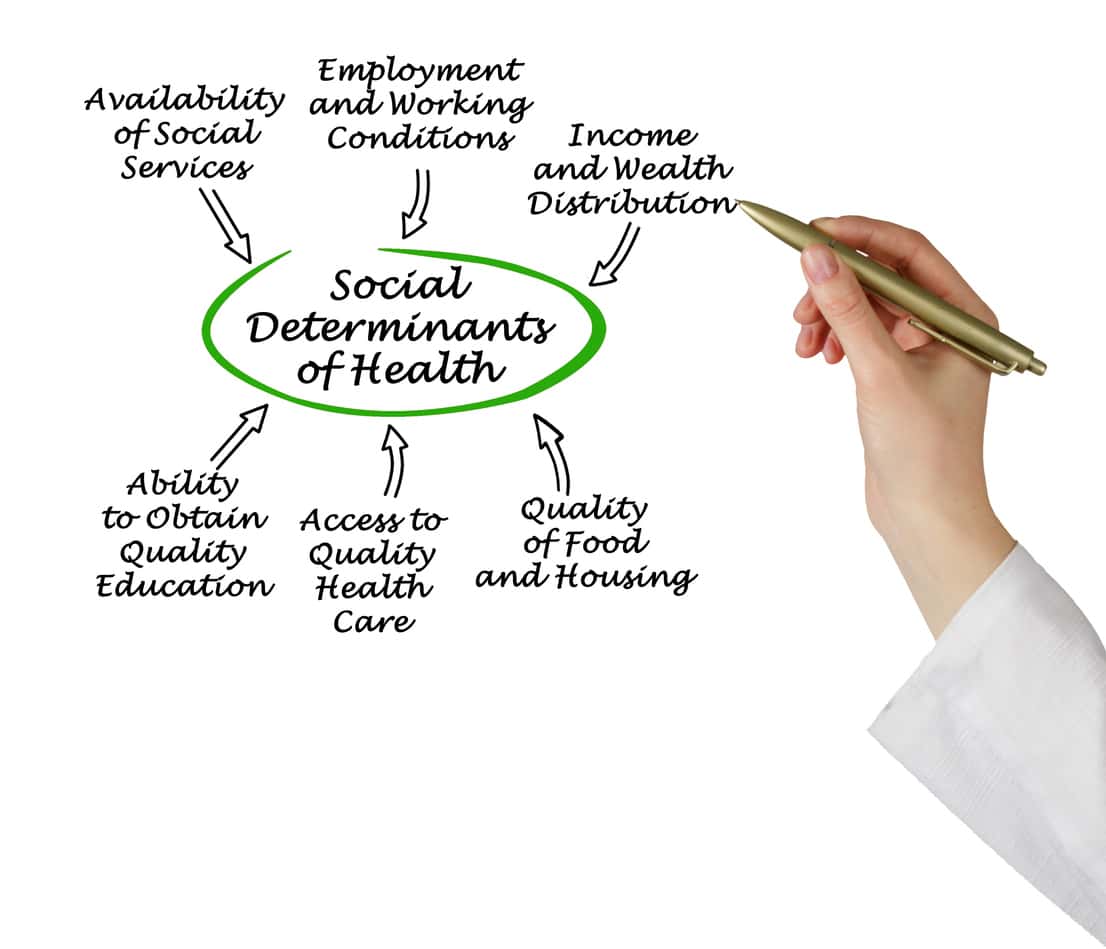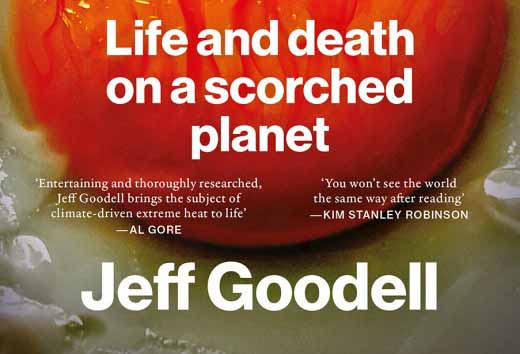Many conference delegates spoke highly of international speaker I David Daniels at the recent Psych Health and Safety conference. Daniels has a long occupational health and safety (OHS) career and hosts the United States version of the Psych Health and Safety podcast. His OHS perspectives, including his discussions about race, were significant.
Category: United States
Gun control, primary prevention and OHS
Our experience with a global pandemic has blurred the lines between what is public health and what is occupational health. In that context, it’s worth considering the public health strategies and interventions. There are three levels of interventions: primary, secondary, and tertiary. Recently, on NPR’s All Things Considered, a public health specialist in the United States, Dr. Cedric Dark, discussed public health proposed strategies in relation to gun control in light of a recent report by the US Surgeon General.
OHS is politics
Jordan Barab is a major voice in occupational health and safety (OHS) in the United States. This year he chalks up 20 years of his Confined Spaces blog. His latest year-in-review article includes a political perspective that Australian OHS professionals and institutions should consider.
Why is profit put before safety?
Occupational health and safety (OHS) is a remarkably insular profession. It tends to narrow its focus on legislative compliance even though Social Determinants of Health is a core unit of tertiary OHS education. OHS professionals are also notably weak in understanding the business realities that their employers and customers face. This inability to understand the economic realities is a common criticism of OHS, not reflecting “common sense” and being naïve.
To understand OHS’ limitations and potential, it is necessary to have a basic knowledge of the economic and political ideologies under which clients and employers work. “The Big Myth – How American Business Taught Us to Loathe Government and Love the Free Market”, by Naomi Oreskes and Erik M Conway, contributes to that understanding.
The US take on heat and climate change
Coincidentally, as Europe burns and a little blog in Australia writes about the occupational context of excessive heat, a new book called Heat – Life and Death on a scorched planet was in the bookstores. Jeff Goodell, like so many North American authors, writes for his local readers even though his publishers sell books globally.
However, he does address the occupational health and safety (OHS) impacts of heat and offers some adaptations.
A new unicorn – the creation of a work health and safety myth
Occupational health and safety (OHS) has many myths, as do many other business disciplines. This is particularly concerning in a discipline that advocates evidence-based decision-making and pushes for peer-reviewed independent research. Sometimes these myths relate to using gym balls as office chairs or back belts or “safe lifting techniques” to reduce manual handling risks or, and this is one of my own suspicions, ankle-high safety boots that reduce the risk of ankle injuries. There are also mixed messages about sit-stand desks. (Counterarguments welcome in the comments below)
The United States seems to be in the early stages of an urban myth about police overdosing after accidental exposure to fentanyl, although this has been cooking since at least 2021. The nature of social media and the internet suggests that sometime soon, this accusation or experience will appear in Australia. Various US–based media have looked at this occupational hazard, with the latest being National Public Radio (NPR) on May 16, 2023.
Continue reading “A new unicorn – the creation of a work health and safety myth”Another business survey that (sort of) mentions OHS
Much of the discussion about working from home (WFH) focuses on the number of workers in the office, at home or working a combination of both. The production issues of connection, collaboration, management supervision, and productivity are also the focus, particularly of media articles based on some small survey that is principally a marketing exercise. (The need to provide your contact details before downloading is a dead giveaway) However, occupational health and safety (OHS) occasionally garners a mention.
One recent example of this was an article in the United Kingdom’s The Telegraph, which also turned up last week in the Australian Financial Review.

